Village History
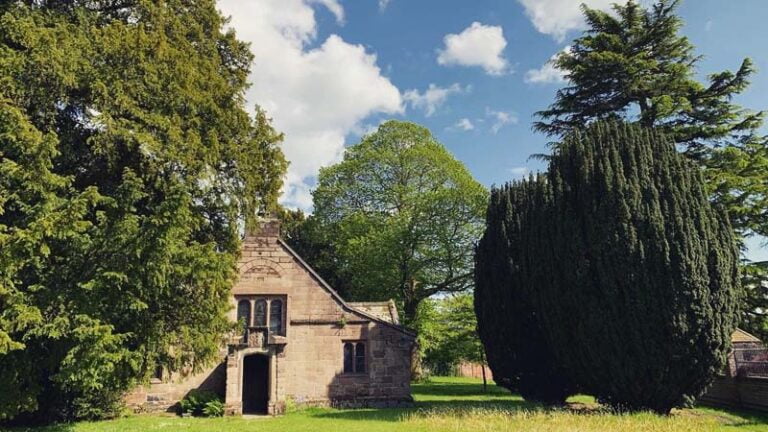
High Legh has a fascinating history. It is unusual that the village was the seat of two ancient landed gentry families for generations – later known as the Leigh family of West Hall and the Cornwall-Leghs of East Hall. The families appear to have lived virtually side by side in perfect harmony from very early times until the 16th century when a feud erupted over land inheritance. It was then that the West Hall family decided to put an “i” in their name, hoping that the village would come to be known by the same spelling. Relations between the two families soured and remained stormy for centuries. Rumour has it that the wall between the two estates was increased in height over this period because of the bad feeling which existed. However, this rumour is unlikely to be true, a more likely explanation being that the construction was added to as reinforcement.
The two families continued to live in close proximity for many centuries, the two names and the checkerboard division of the area causing some confusion. In 1879. The Rev A J Richardson, incumbent of the village Church of St John, wrote and published a poem, summing up the confusion :
Tis an odd state of things that a stranger would see,
If he came on a visit perchance to High Leigh;
To his mind it would cause great confusion and bother,
To find things so mix’d up the one with the other;
Two Establishments separate, two Halls and two Squires,
Two parsons, two chapels, two bells and two choirs!
Whilst the Magnates themselves couldn’t fairly agree,
As to spelling correctly the name of “High Leigh”,
One stoutly insisting on “i” with the “e”,
The other on nothing between “e” and “g”;
On map and on sign-post you’d meet with the “i”
P.O.O.’s were without it, and folks wondered why;
Then the agent found out, when he took the big ledger down
The estates all mix’d up with the farms of Lord Egerton
And directions for letters and parcels were wrapp’d in
A regular muddle ‘twixt Colonel and Captain;
For if to “The Hall” they should chance be address’d
It was doubtful if meant for the “East” or the “West”
But for rights of precedence ’twas doubtful which had ’em,
For neither could trace up much further than Adam!
So what you’re about be particular, please,
For Cheshire is full of cats, cheeses and Leighs,
Leghs of Lyme, Leghs of Adlington, everything “Legh”,
From the innermost bounds to the banks of the Dee;
And from dropping a letter what comes there’s no telling,
So you’d best mind your “i” and look after your spelling.
Some records indicate that West Hall was demolished in 1935, others suggest much later. Sir Edward Leigh is now a member of Parliament; the family no longer live in the village. East Hall was demolished in 1960, after being purchased by the Ministry of Defense and used as a training camp during the second world war. Both gatehouses are still standing and occupied, along with walls and trees which were all part of the original estates. Richard Cornwall Legh, 6th Baron Grey of Condor, remains a resident of the village. The Egertons of Tatton had family associations with the Cornwall- Leghs and they also owned land in High Legh, which they sold to the Cornwall- Leghs in 1912. At the same time, the Leighs sold their land to the Cornwall- Leghs, ending connections which dated back to the 13th century.
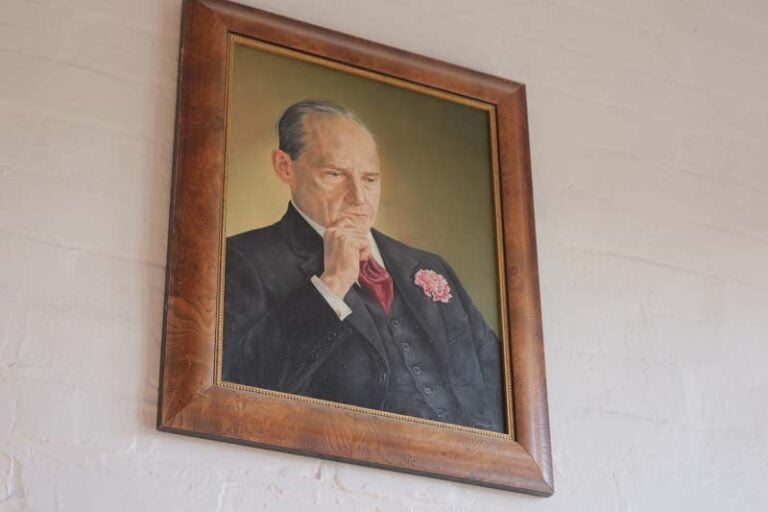
High Legh was recorded in the Domesday Book, a survey commissioned by William 1st in 1086, as having two Saxon theins, Ulviet and Dob and only 7 households. The tenant in chief is recorded as Gilbert the Hunter and the other residents were 2 smallholders, 3 slaves and a priest. The boundary between High Legh and Mere is still known as Dobb Lane, and is believed to have been the medieval boundary between the two parishes.
The oldest building in the parish is believed to be St Mary’s Chapel (c.1581), formerly the domestic chapel of the East Hall estate and still owned by the Cornwall-Legh family. This is situated on Pheasant Walk which was originally the Knutsford to Warrington turnpike road. The chapel was never consecrated, but it is believed to have been blessed by the Bishop of the Diocese and dedicated to the Virgin Mary.
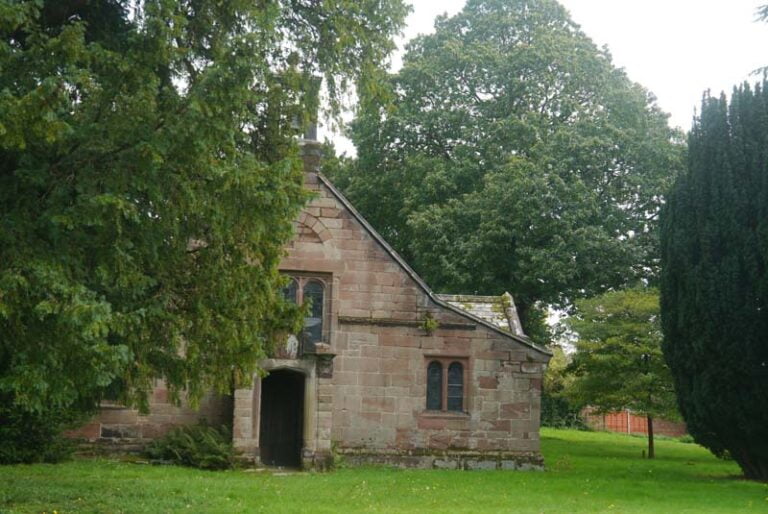
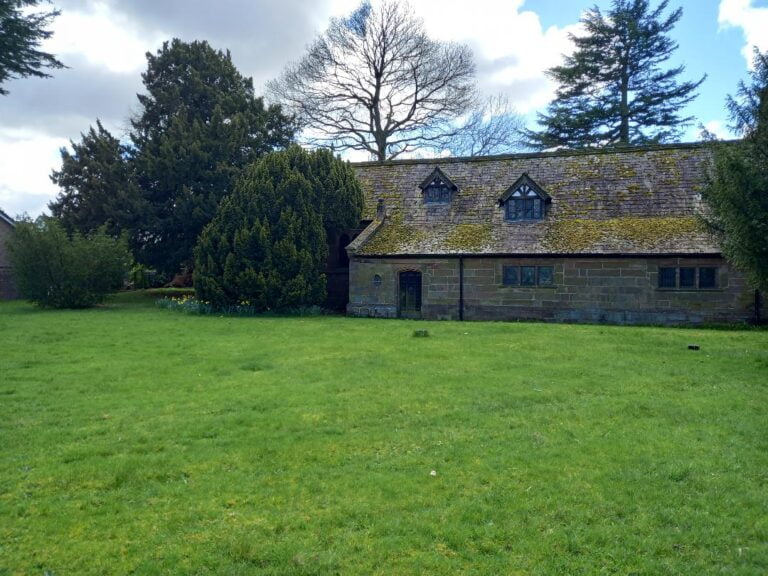
The other place of worship in High Legh is St John’s Church, originally constructed in 1814 on the site of a previous church, and part of the West Hall estate; it burned down in 1891. The construction of the current church, now the Anglican village church, was completed in 1893, using the foundations of the original building.
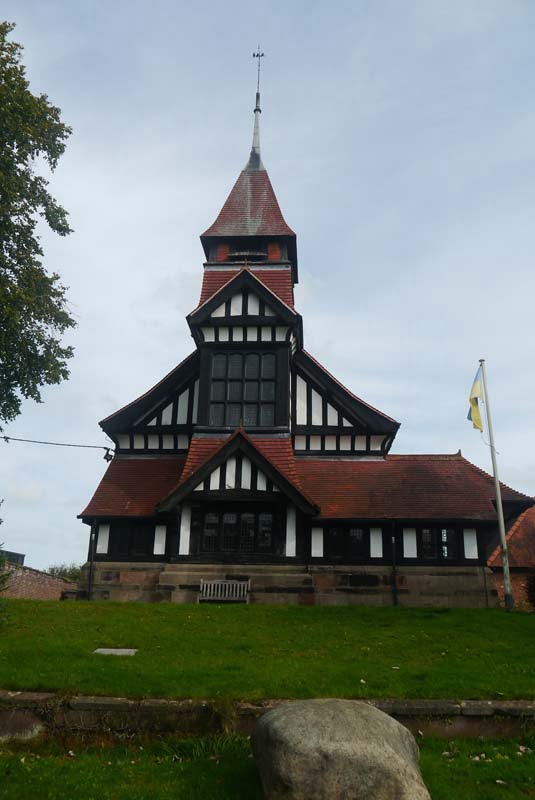
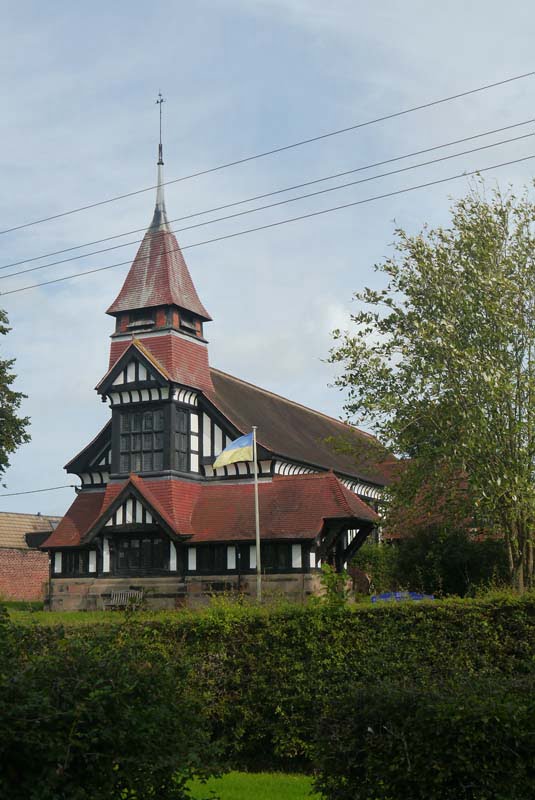
Visit St John’s Church, High Legh for more information.